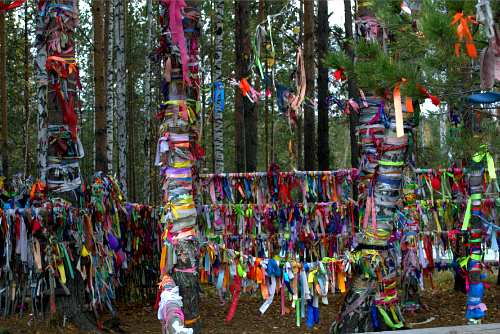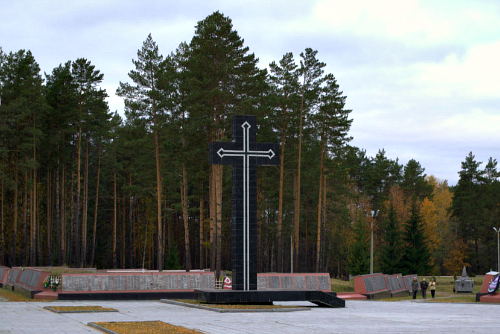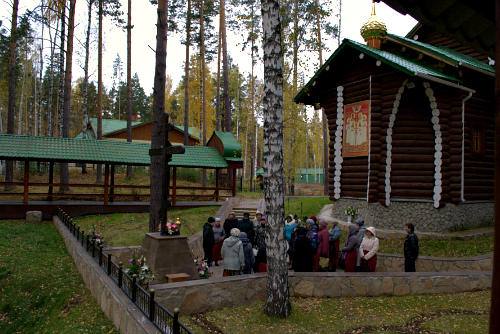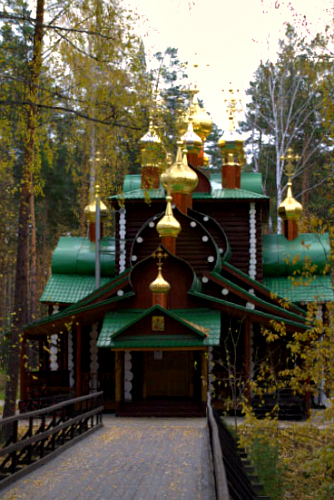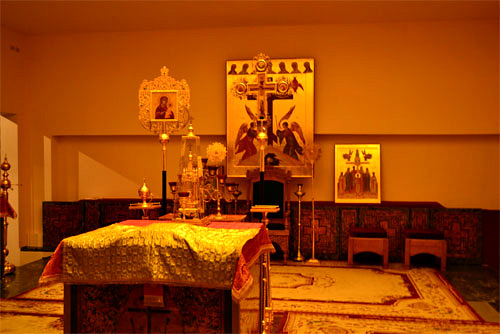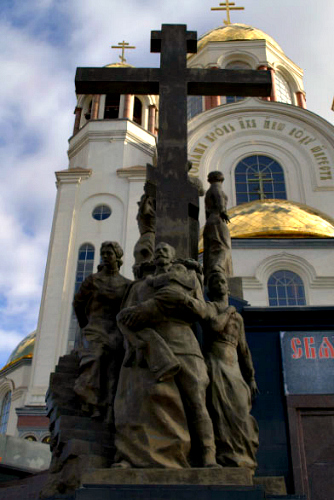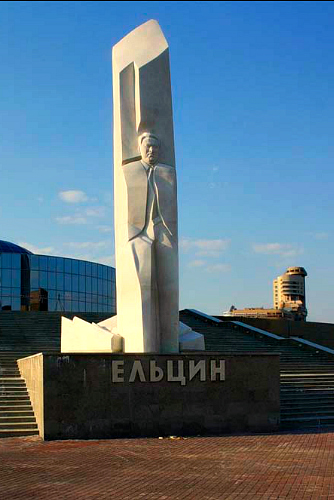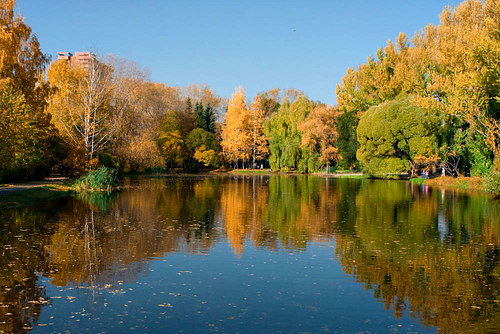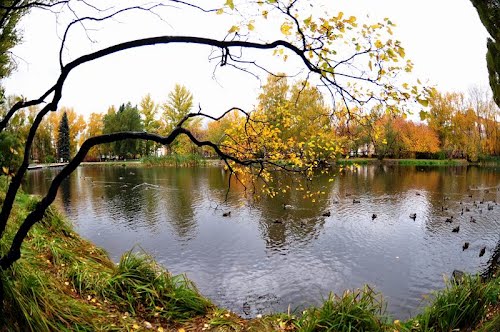This is our first posting on the Trans-Siberian railway blog detailing some impressions of Go Russia travellers.
Yekaterinburg was founded in 1723 and developed as a fortress, gradually turning into the center of the Ural Region. It was here that the Russian metallurgical industry was born. Yekaterinburg became the place of imprisonment and tragic events in the life of the last Russian Emperor Romanov Nicholas II and his family. Today the city is a large both cultural and industrial centre of Russia. Read some impressions of the city
Arrival
The economic and cultural capital of the Urals, Yekaterinburg is the fourth-largest city in Russia. The transfer from the airport – 10 miles southeast of the city – to the hotel, took just under an hour. We were transferred in a clean, decent car driven by a chatty but pleasant driver.
Guide and excursion
On arrival we were joined by Veronica, a cheerful young woman with a good command of English and a sharp sense of humour. She guided us to a comfortable well heated bus – complete with seatbelts – suitable for around 20 people (the smaller one had broken down). The driver drove safely and abided by the rules of the road. A good start on all fronts.
First of all, our tour took us just west of Yekaterinburg to the ‘Europe/Asia’ marker which signifies the European and Asian border. The marker – in Cyrillic- simply reads ‘Europe, Asia.’
The ‘Europe / Asia’ marker we visited (there are two of them) is 17km away from the city on the Moscow road. A complex has been built for visitors which now comprises of the marker itself and some designated picnic areas. The new seating areas were installed just over a decade ago. Newlyweds visit the place on their wedding day to tie a knot on one of the trees (pagan tradition) and leave an empty champagne bottle with a message inside (definitely a new tradition!).
Next, we stopped briefly at a grisly memorial dedicated to victims of the repression which is located on the sight of a massive communal grave with over 200,000 identified bodies (and many more unidentified). The memorial has the main six confessions (religions) practiced in Russia represented on it.
Afterwards, we continued Ganina Yama (‘Ganya’s Pit’), a 20 minute drive away, where we visited the monastery built on the Romanov’s – the Russian Imperial family – burial site.
It is a working monastery with very strict rules. Women who enter are asked to wear long skirts (provided) and to cover their heads and shoulders. Men wearing shorts are asked to cover their legs too.
The monastery consists of a few chapels and churches, a water tower, a bakery, a museum, a library and living quarters for the monks.
There are statues of the whole royal family and one of the main attractions is the actual mineshaft where the family remains were found.
All the buildings are entirely or partly wooden and one of the chapels is built from logs without the use of any nails.
This style of building was used to preserve the Siberian wooden building tradition. Workers and keepers might be abrupt or become aggressive if any of their rules are broken, so it pays to follow them carefully. The eatery close the entrance serves tasty pasties, drinks and more substantial meals. Many of the pastries are vegan.
A little later on, we drove to the city.
One of the most impressive sights – rarely given the credit it deserves – is the huge Uralmash plant. Famous for its heavy machine production, it takes over 15 minutes just to drive around it. In the city centre we stopped at the Cathedral that was built on the sight of Ipatiev house.
This was a merchant’s house in Yekaterinburg where the former Emperor, Nicholas II of Russia, his family and members of his household were murdered following the Bolshevik Revolution.
Its name is identical with that of the Ipatiev Monastery in Kostroma, from where the Romanovs came to the throne. The church has two floors, the lower one is dark with a very low-slung ceiling – representing the basement where the royal family were murdered – while the upper one is brighter and more festive. Unfortunately the upper floor was closed during our visit.
There is a monument to Communists walking away from religion just behind the church which is an interesting fact given that the monument is now sandwiched between two churches, an old and a new one.
After a short stop at Yeltsin’s monument (close to the place where he worked) and after a drive on the main street, the tour finished by the dam where the city originated from.
This is a pretty place with a big pond on one side and a small river on the other, it is an excellent spot for walks right in the middle of the city centre.
Quite close to the bridge, over the dam, there is a Russian style restaurant called Potkova where they serve authentic local dishes and beverages. There are menus in English. The staff are polite and the prices are also very reasonable. We had lunch together here and sampled some traditional pickles.
We also tried Russian drinks like ‘zbiten’ a sort of mulled wine with herbs and ‘kvas’ (made from fermented black or regular rye bread).
After the tour, the group had free time to do some more sightseeing and shopping. The area is rich in minerals and semiprecious stones, and there is jewellery and all sorts of objects made from them to be bought as souvenirs.
Recommended places to be visited:
- The Vysotsky skyscraper and viewpoint on the 52nd floor (cost – 250-300 roubles)
- The keyboard monument on the left riverbank
- Fine arts museum
- Demidov’s cafe museum for cast-iron art
- The railway museum in the old railway station building
- Vainer Pedestrian Street with shops, street performers and sculptures.
Restaurants
Potkova, Uralskie Pelmeni, Demidov’s – Russian cuisine
Govinda – Indian/vegetarian
There are plenty of Italian restaurants and sushi places.
Transport
Public transport is not easy to use, there are only nine metro stations connecting the centre with the outskirts, so hotels should be located as close as possible to the city centre.
General impressions
The centre is contemporary and pleasant to explore, with many skyscrapers (most of which are round) being built. There are lots of restaurants and shops to explore as well as some old wooden houses here and there which hark back to the olden days and remind visitors where they are. Also, there are quite a few remarkable buildings from the soviet era, including the Stalin Imperial style city hall, constructivist university ensemble and others. Some locals have a tendency to be impolite (queue jumping that sort of thing).
The airport, although small, is impressive. The old building has been preserved and stands next to the new terminal which has a very colourful and futuristic departure zone. We loved it!
Be warned though that Koltsovo and Domodedovo offer a ‘Ryanair’ style of airport experience. For security, you need to get a tray from the floor, put all your belongings in it, walk with it to the scanner and push it all the way to the rubber belt, all this accompanied by lively comments from the staff. The queues are quite outlandish too – in fact to the visitor it might look like there is a big prize to be won if you make it to the front of the line first by elbowing your way to the front and by ignoring all other people!


